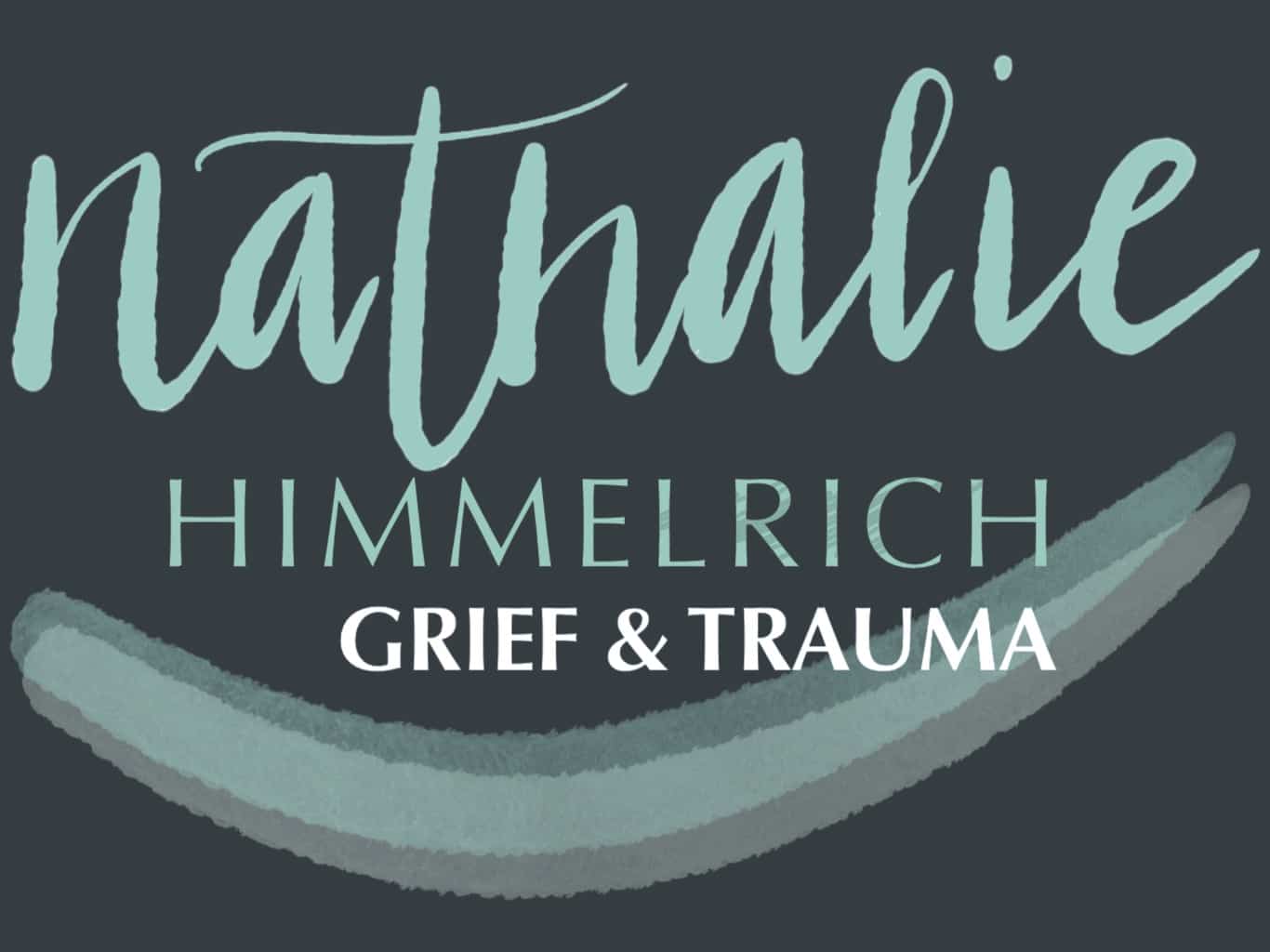
Pain exists to promote evolution. Its cumulative effect finally forces us in a new direction, although the mechanism may be very slow. So how many times is it necessary to hit the bottom before a lesson is learnt?
Pain and suffering are very distinctive experiences in everyone’s development. However there is a very significant difference between pain and suffering which, once understood, will transform your life.
Pain
Let me explain: Pain is the sensation or signal in the body that some event or experience is not in alignment with one’s value system. If, for example, your partner shouts at you and you immediately feel pain in form of hurt, disappointment, sadness or even anger it is a sign of a breach of your unconscious values and criteria around how you want to be treated in a relationship.
Suffering
Suffering follows when we then continue to run the argument in our heads, reason with ourselves about what her or she said and what we said and where things went wrong or who acted with injustice or against the rules.
The initial pain has long gone. What is left is the self-inflicted pain in our mind which is, in Buddhist terms, referred to as suffering.
Attachment
Do you remember a situation where after the initial pain was gone and you entered the suffering, suddenly something or someone needed your absolute fullest attention and your suffering was gone for these moments? Suffering is optional; it is only the price we pay for our attachments.
The attachments can be beliefs about the right and wrong way of doing things, rules, ideas, points of view, status, and identity just to name a few.
Letting go of suffering
Suffering can be your invitation to observe, witness, detach and let go of your attachments, should you wish that.
If you truly desire to live a life free of suffering start with this process:
1. Awareness: become aware of painful situations and what usually follows. You can think about situations that happened in the recent past to train your awareness ant attention for future events.
2. Perceptual position: step back from the situation that you were in and take an observer position. Replay the situation and watch what happened after the initial pain subsided.
- a. How and when did the suffering start?
- b. What thoughts run through your mind?
- c. What beliefs do you hold about that situation and the other person?
- d. What rules were broken according to your belief system?
- e. What accusations were made, spoken or unspoken?
3. Question the source of the suffering: can I absolutely know this thought/belief/rule to be true?
4. Drop and let go: Who would I be, what would I feel, if I did not have that thought/belief/rule? Imagine dropping those thoughts and experience yourself without the cause of suffering.
Few people know what it is to truly live without fear, rules, and beliefs – but beyond that lies joy, as the meaning and purpose of existence become transparent.

This has moved me to tears. It’s so pertinent regarding my relationships at the moment, especially around my issues of fidelity. I have been caught up in the suffering so much and not even realised it.
Just doing the exercise has lifted my current issue and allowed for the moment and truth to be present. You should see the smile on my face, even as the tears roll down my cheeks.
Bless you Nat
Dig
Thank you for your comment Dig. It’s so simple once you realize that pain is reality, suffering is optional, isn’t it. You can still suffer, however you now know that you’ve made a conscious decision to do so.
Love, Nathalie x
Nathalie, this is one of the most powerful things I have read in my life. It really hit home. As Dig said, just doing the exercise allowed for the moment and the truth to be present – I couldn’t explain any better than that. Thank you so much for your generosity in sharing your insights.
Thank you Susan, I’m blessed to be able to reach out to people that are as far away as Brisbane just by writing an article.
Stay tuned for more…
Love, Nathalie x